If you run an eCommerce business, you know that marketing is essential to attract website visitors and drive sales.
E-commerce sites offer the ability to reach a large audience, including overseas customers. After all, 57% of all online shoppers made an online purchase from an overseas retailer in the last six months.
This is especially true in the post-pandemic world, with people choosing e-commerce over physical stores as it offers safety, convenience, and ease of mind.
But with so many marketing tactics available, how do you know which to focus on?
If that question is circling in your head, you’re in luck.
In this blog post, we’ll share eight marketing strategies your eCommerce business should focus on to see an influx of site traffic, conversions, and sales:
- Harnessing the power of email marketing
- Focusing on organic search engine optimization (SEO)
- Having excellent product images
- Collecting customer reviews
- Testing for eCommerce website responsiveness
- Reducing cart abandonment
- Creating awesome marketing content
- Using Facebook Ads
Let’s dive right in!
Table of Contents
The Top Eight eCommerce Marketing Strategies
By 2040, it’s thought that 95% of purchases will be facilitated by eCommerce.
Although that’s a fantastic sign of upcoming success for your eCommerce website, it also means competition will be fierce. Everyone will want a slice of the pie, right?
Source: WPForms
You can use these eight eCommerce marketing strategies to jumpstart your marketing efforts.
1. Harness the Power of Email Marketing
With e-commerce, you can send emails to people who:
- Have already purchased from you
- Have expressed interest in your brand but have not yet converted.
Since these people have already subscribed to your email list, there’s a high probability that they are interested in what you have to offer — and potentially become your customers.
The average eCommerce email campaign generates $446 in revenue in the U.S.
Not a bad return on investment (ROI), especially when considering that a newsletter campaign can be drafted, finalized, and sent within 90 minutes!
But, before we fire off our perfectly-formed branded emails, we’ll need a list of people to send them to.
You can get people to sign up to your email list by:
- Creating gated content (similar to content upgrades and lead magnets).
- Hosting a webinar.
- Adding pop-ups to your eCommerce website.
For the first two, the idea is this: people need to offer their email addresses to receive the content.
However, there’s one crucial thing to remember when collecting any customer information — including email addresses: you’ll need to be GDPR-compliant.
This applies to most countries, including the EU.
Once you’ve got your list of loyal subscribers, it’s time to let your creativity run free.
Generally speaking, eCommerce email marketing follows a simple methodology. You’ll need to create a set of welcome emails that are sent automatically and walk new subscribers through key information that’ll push them towards a conversion.
Welcome emails could include:
- Behind-the-scenes information about your company.
- FAQs
- Discount codes — i.e., free shipping or percentage discounts.
Just take a look at this example by Kate Spade, offering new subscribers a 10% discount when they shop online:

Since these people are fresh to your brand (and most impressionable!), welcome emails are a fantastic, high-ROI strategy for eCommerce businesses to push.
An email eCommerce marketing automation software like EngageBay is the best option for you in this area — it offers everything you need to take your email marketing campaigns to new heights!
Read also: How to Conduct eCommerce Market Research in 2024
Enhance Your Email Marketing
Want to make your emails more impactful? Check out our beautiful, easy-to-customize recruitment and eCommerce email templates. Designed to boost engagement, these templates from EngageBay will help your emails stand out. Just customize the images, headings, and CTAs for your brand, and hit send in a few minutes!
2. Focus on Organic SEO
If you’re looking for a long-term, valuable strategy that’ll drive the majority of your online sales in a few years, you’ll need to start focusing on organic search.
Organic SEO (Search Engine Optimization) is more effective than quick-fire strategies like PPC. That’s because you earn your place in the Search Engine Results Pages (SERPs) without continually spending cash.
According to a report by Wolfgang Digital, 43% of traffic to eCommerce websites comes organically from Google searches.

But how can you see this influx of eCommerce website traffic when you’re just beginning to implement eCommerce SEO?
You’ll need to:
- Perform keyword research, and investigate the phrases people use to find information about your brand or industry. (You should be using short, high search volume keywords for products, services, homepages, and long-tail keywords for blog content.)
- Create 10x content around these keywords.
- Optimize your pages for SEO by including your main keyword in heading tags, on-site content, your URL, and meta titles and descriptions.
- Build backlinks with optimized anchor text on other, reputable sites in your industry.
Backlinks are the strongest off-site indicator considered by Google when determining rankings.
By including your keyword in the anchor text of your backlink (and making sure it’s from a high Domain Authority site), you could supercharge your rankings and drive more targeted traffic through organic search.
Make sure to use a technical SEO tool like Surfer or MarketMuse to improve content quality.
👉 Do you know what is overstocking and how it impacts your business? Dive into our detailed article to get all your questions answered.
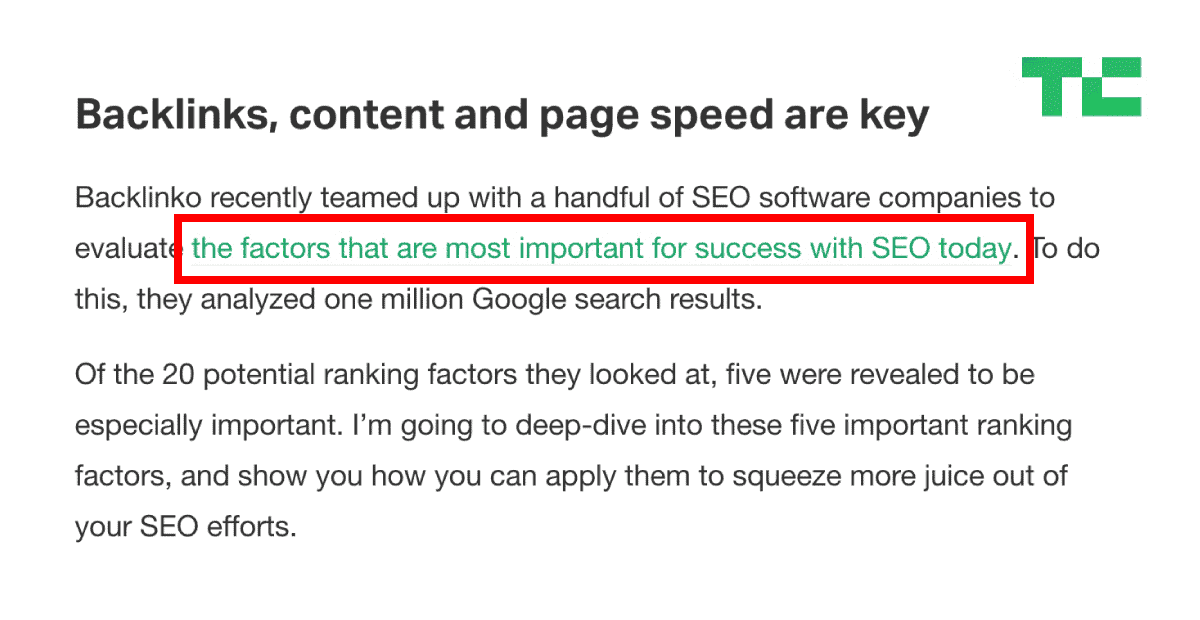
👉 Elevate your email marketing with our free email templates designed to boost engagement.
3. Have Excellent Product Images
When you’re purchasing something online (from an eCommerce store), does product photography play a part in your decision to buy?
Whether you’re purchasing children’s play equipment or a new computer, you wouldn’t be alone if you answered “yes.”
A whopping 93% of consumers consider images essential in purchasing decisions. You could be missing out by sticking with old, boring, low-quality product images.
Product images reflect your brand image and significantly impact the trust potential customers have in you. If you’re plastering your eCommerce site with luxurious, high-quality images with a sleek background, your products and services will look better instantly — thus enhancing brand awareness.
Visually pleasing images also improve the appearance of your eCommerce platform. Focus on your landing and product page images, as these are the ones your leads and customers will visit the most.
You can take excellent photos of your products by:
- Using softboxes or natural lighting to make images look bright and airy.
- Taking multiple photos of the same product from different angles.
- Using a white background to allow the product to take center stage.
- Editing your images to crop unwanted things (like a table in the background!).
- Using product retouching services.
The best examples of eCommerce product photography are fashion retailers.
Just take a look at this set of photos used by Missguided:

The background shows the dress clearly, and the photos taken at different angles allow you to see the entire product before buying it.
Plus, they take product photography a step further and offer a video. That way, potential customers can have a 360-degree view, interacting with the product virtually before making a purchase decision.
Nicklas Spelmeyer from eCommerce.de adds:
“When creating product images for an eCommerce store, it is important to consider the perspective of the customer. The customer should be able to see the product from all sides and get a sense of its size and scale. In addition, the product image should be clear and free of any distractions. To create product images at scale, consider using a light box.
This will allow you to take multiple pictures of the product from different angles without having to move the product itself. In addition, use a tripod to keep the camera steady and produce clear images. Finally, use photo editing software to crop and resize the images as needed. By following these tips, you can create high-quality product images that will help to sell your products online.”
Read also: BigCommerce vs Magento: Features, Pricing, and More Compared
4. Constantly Collect Customer Reviews
Whether you’re selling large items (like SEO retainers) or small-ticket items (like greeting cards), people want to know they’re buying from a trustworthy brand before they even consider paying for it.
But how can eCommerce businesses do this effectively and connect with customers to improve brand awareness?
The answer’s simple: collect as many customer reviews as possible.
92% of consumers now read online reviews, and that figure is increasing year on year. No matter what you’re selling, your customers want to know that you are:
- Reliable
- Trustworthy
- Offering a great product or service
Collecting rave reviews from customers is a fantastic way to generate a high ROI from this digital marketing tactic. Getting reviews from your audience isn’t as tricky as you might assume.
You could:
- Add a survey link to purchase confirmation emails (targeting recent customers).
- Reach out to customers one-on-one, diving deeper and asking tailored questions.
- Encourage people to leave a review on your Google My Business listing.
- Offer an incentive for people to take part. Add QR code for Google reviews on your packaging.
Recent research found that pre-paid incentives — like cash bonuses or gift cards — encourage more people to complete a survey. In fact, where this type of incentive was offered, response rates tripled.
Marucci, for example, includes a quote with a hero image and a CTA to learn more about the equipment and a series of related videos. If a visitor is interested, they can learn more about Andrew’s perspective before deciding whether Marucci is a good fit for them.

👉 Enhance your campaigns with our free, customizable email templates that drive results.
Read also: Find the Perfect B2B eCommerce Platform for Your Needs
5. Test for Website Responsiveness
The next eCommerce marketing strategy you should be implementing is website responsiveness.
Customers today have a plethora of devices, each with different dimensions, aspect ratios, resolutions, and operating systems. The last thing you want is for someone to quit their shopping midway because your website was sluggish or broken.
Make sure you perfectly optimize your website for mobile devices.
Why? Well, 1 in 4 eCommerce dollars is spent through mobile devices. That number jumps even higher for toy and hobby brands, gaming consoles, and entertainment industries.
You can check your site’s responsiveness by running it through Google’s Mobile-Friendly Test:
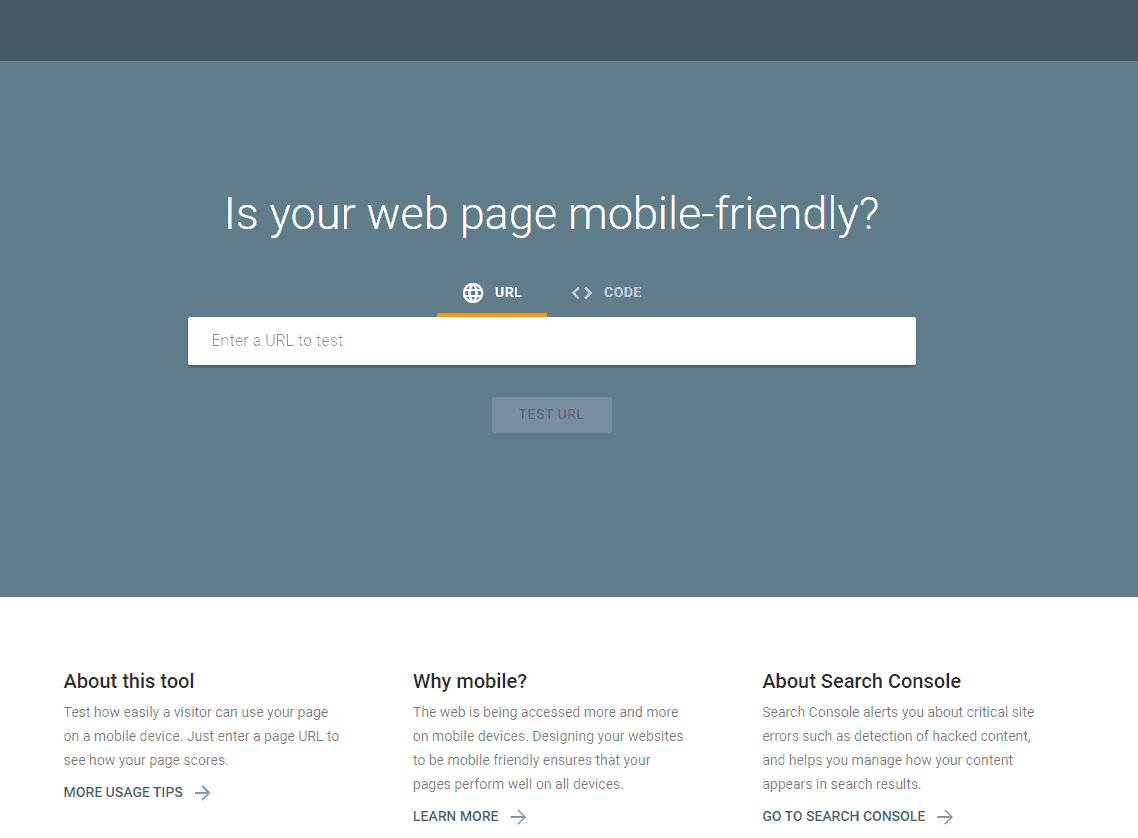
If your result is “yes”: great! You’re not at risk of alienating potential mobile customers.
If your result is “no,”: you’ll need to:
- Change your website design, or select a responsive website theme.
- Talk to your website designer or developer, and ask them to make your eCommerce site mobile-friendly.
Here’s a great demonstration of how one website can change to suit various devices automatically:

Since 38% of people will leave a website if the layout or design is unattractive, push website responsiveness to the top of your eCommerce marketing to-do list if you want to drive sales through your online presence.
Read also: 10 Best Trigger Email Marketing Campaigns (+ 5 Top Software)
6. Reduce Cart Abandonment
Here’s another eCommerce marketing strategy for you: card abandonment reduction!
People who add items to their online shopping cart are almost ready to buy. But then the worst happens: they head to the checkout page, only to hit the X button and abandon their entire basket.
Did you know that eCommerce websites’ average cart abandonment rate is over 69%? To put this in perspective, you may only convert 31% of your potential online sales. Talk about losing potential customers!
Cart abandonment happens for many reasons.
The most common cart abandonment reasons are high additional costs (taxes, delivery costs, etc.) and the need to create an account before completing a purchase.

But you don’t have to suffer from these poor cart conversion rates. In fact, you can reduce your online cart abandonment rate (and win big with eCommerce marketing!) through retargeting.
You can track the people who’ve left their basket via an email or tracking pixel by:
- Targeting them through Facebook advertising campaigns, displaying the exact products they’ve left.
- Sending targeted emails to people who have an incomplete purchase.
Alternatively, you could split-test your checkout page and optimize the page to reduce cart abandonment. This could be done through changes to your content, images, or call-to-action buttons (like “buy now” or “finish”).
Read also: EngageBay integrates with WooCommerce
Consider the checkout page on eBags.com. With a clear view of the products in your virtual basket, shipping information, and sign-up discounts, these tactics can incentivize shoppers to complete their purchases.
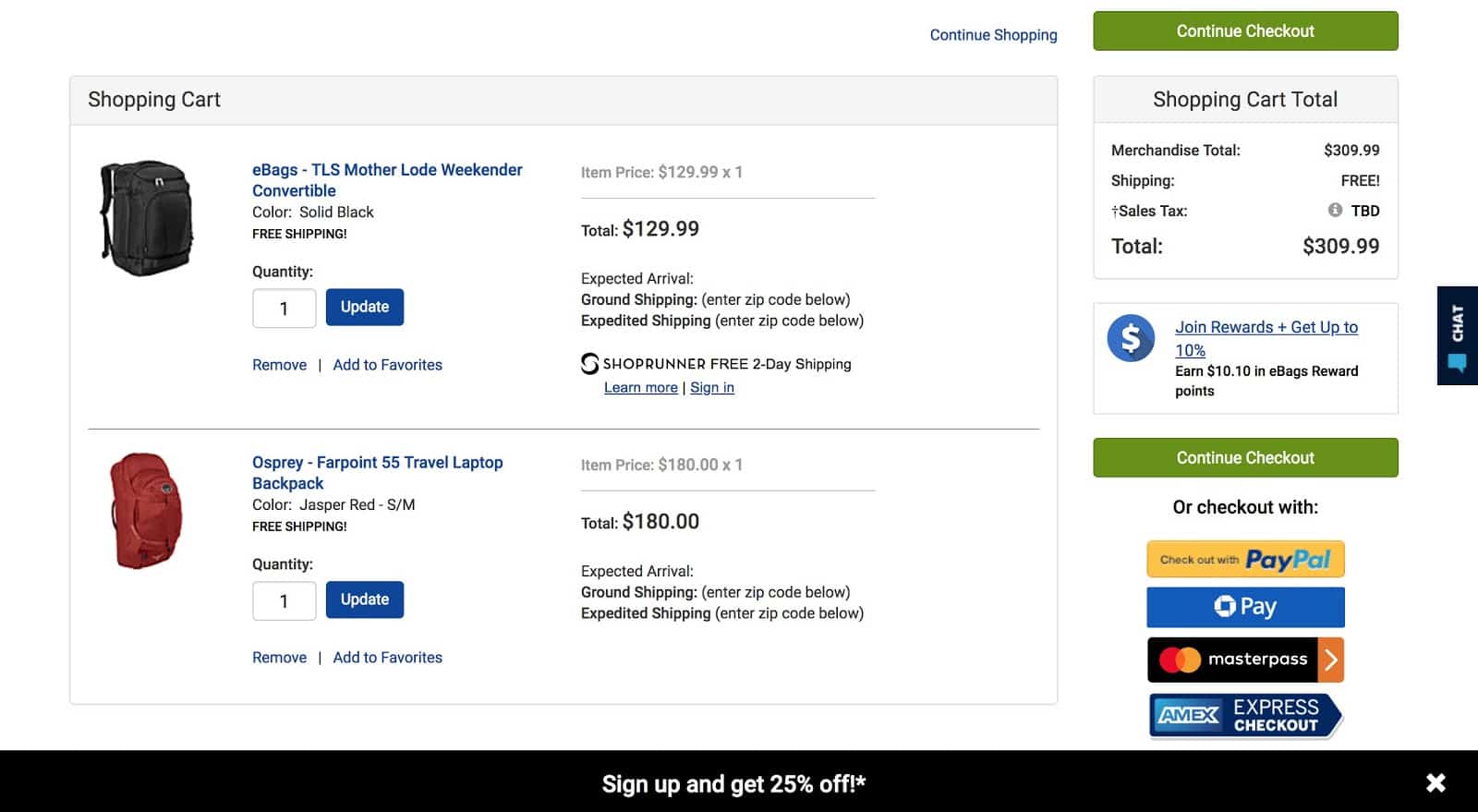
7. Create Awesome Content Marketing Pieces
You likely already know that content is king in the digital marketing world. That’s no different for eCommerce marketing plans. In fact, it’s probably truer!
Businesses that sell their products online rarely have the opportunity to speak with a potential customer face-to-face; they’ve got to rely on the power of their digital marketing to make a sale.
Because of this, your eCommerce brand should focus on creating educational and actionable content that attracts your ideal audience. In a nutshell, you should be allocating time and resources to fine-tune your content marketing tactics.
Over 80% of shoppers conduct online research before making big purchases — and this type of content could push them to convert.
Here’s the 3-step process you’ll need to start creating awesome content:
- Perform keyword research to see what information your ideal customers are searching for. This will help ensure your content is relevant and likely to drive results.
- Search your keyword in Google, and meet your competition. Analyze each page, asking yourself if you could improve.
- If you answered “yes,”… do it! Create a long-form piece of content that is better and more helpful to your customers.
Share it on your social media channels to drive traffic back to the page once you’ve created this content (and optimized it for SEO following the eCommerce marketing strategy mentioned previously).
Brian Dean from Backlinko created an awesome article titled “SEO Tools: The Complete List.”
Since sharing the article on social media, promoting the content elsewhere online, and driving traffic back to the page, the content has over 1,000+ comments and 20,000+ social shares from raving fans — and potential customers:
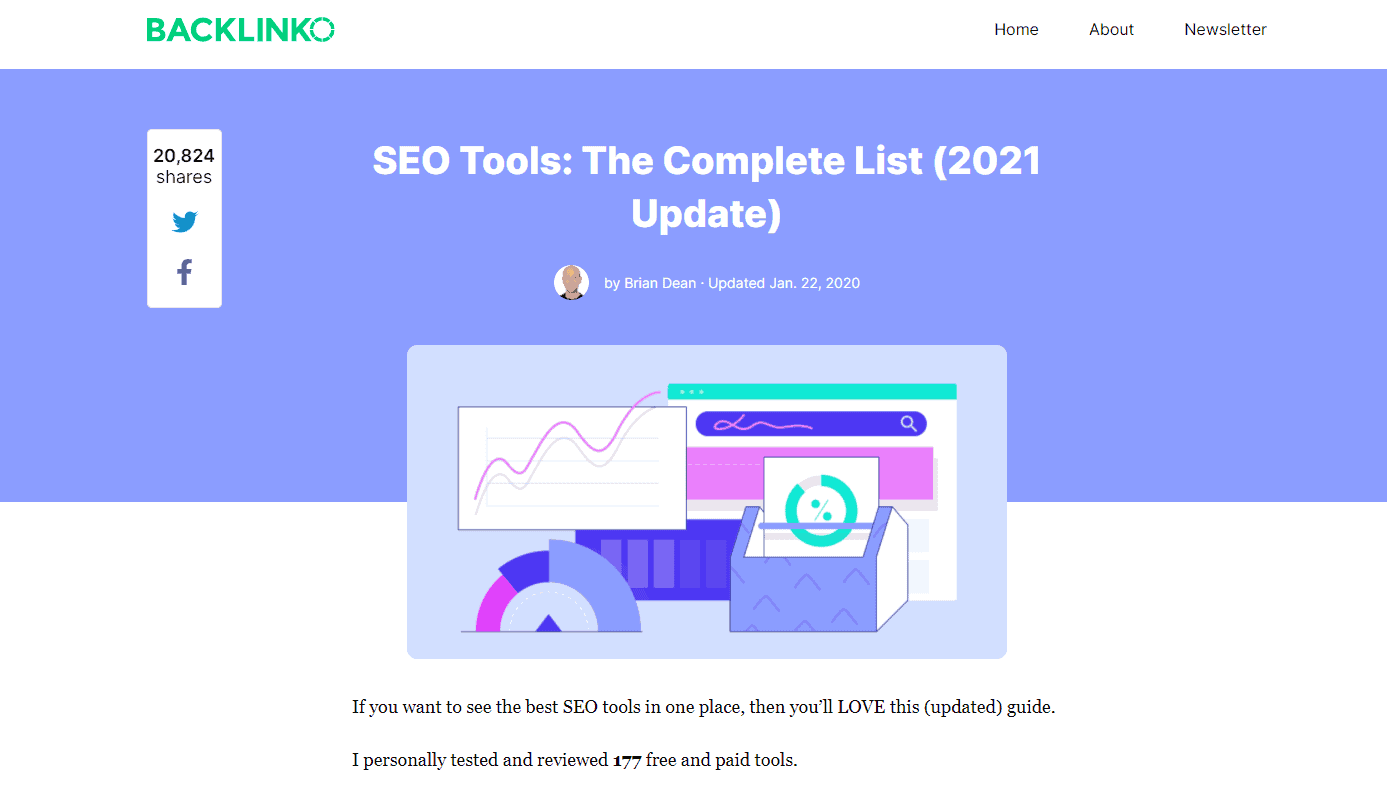
This is content marketing done right!
👉 Boost your marketing strategy with our customizable email templates that drive results.
Read also: 11 Free Marketing Tools To Create Awesome, Engaging B2C Content
8. Test Facebook Advertising
This is the final eCommerce marketing strategy in this list.
Notice how I said to test Facebook advertising rather than general social media advertising?
That’s because Facebook tends to have the highest ROI of most social media ad platforms and consistently remains the top advertising channel for both B2B and B2C marketers.

You can start advertising — and making direct sales — on Facebook with a budget of just $5/day. Simply head back to your buyer personas, and match your details in the audience section of your Ad Set.
However, you could take Facebook ads a step further and install the Facebook Pixel. This mini-cookie tracks people’s activity on your eCommerce site and connects them to a Facebook profile, allowing you to retarget them based on their on-site actions.
Here are a handful of ways you could use Facebook ads for retargeting:
- Abandoned baskets
- People who’ve visited a specific page
- People who’ve visited a specific page, but not others
- All website visitors
Another option is to target your desired audience around festivals and special occasions.
Take Blue Apron, for example. With this ad, they targeted people shopping for Mother’s Day gifts to get visitors to try out a week’s worth of delicious meals.

They know many people look to take their mothers out for a meal on Mother’s Day, but offering a week’s worth of delicious meals to try out for free could be a better alternative.
For better outreach, you can even try out these eCommerce marketing strategies:
- Social listening using social media marketing tools
- Affiliate marketing/referral marketing for your goods and services
- Google Ads
- Influencer marketing
- Customer loyalty programs
Final Thoughts
For your eCommerce site to succeed, staying in touch with your customers and the latest digital marketing techniques is crucial.
eCommerce is here to stay — and you need to make the most out of it.
The strategies mentioned in this blog post apply to all eCommerce marketing companies. You can mix, match, and tweak these eCommerce marketing tips to suit your needs.
Guess what?
You don’t need to do all these manually. There are marketing automation software to help you do these tasks.
For small businesses, EngageBay is an excellent solution. You get email marketing, responsive landing pages, and email forms, advanced cart abandonment reports, analytics, Facebook Ads, Customer Relationship Management (CRM) tools, helpdesk, newsletters, and so much more.
In a nutshell, EngageBay is an all-in-one marketing, sales, and customer support software with unified CRM so that you don’t have to use separate, standalone platforms for your needs.
EngageBay has dozens of integrations, including BigCommerce and WooCommerce, meaning you can connect with your favorite applications and expand that platform’s capabilities.
The best part?
It is completely free for 500 contacts and 1,000 branded emails per month. Even the most premium plan — the ‘Pro’ plan — costs just under $80 a month!
👉 Have you tried our email templates? Share your experience in the comments below, and let us know how they worked for your campaigns!
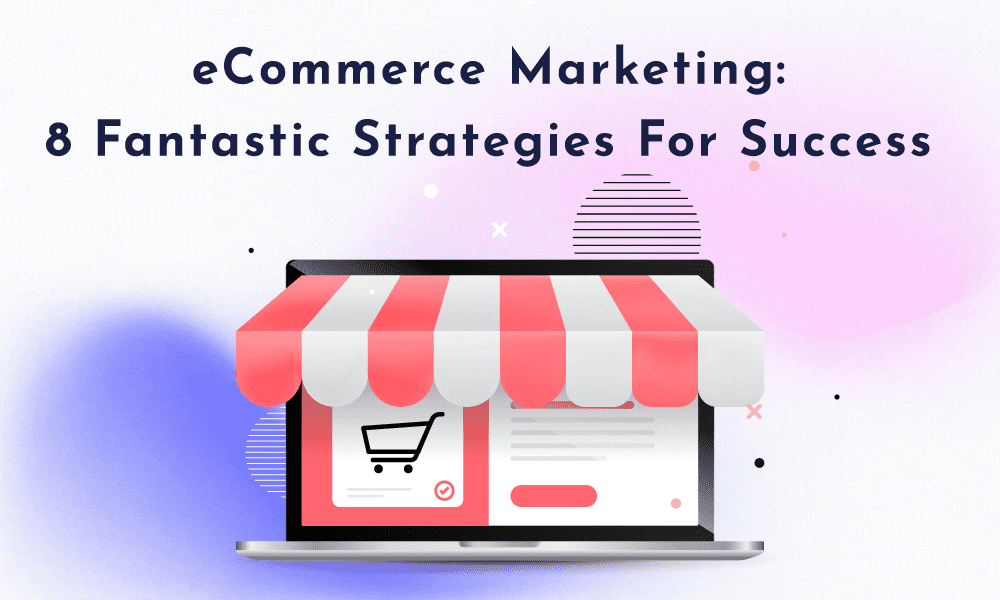

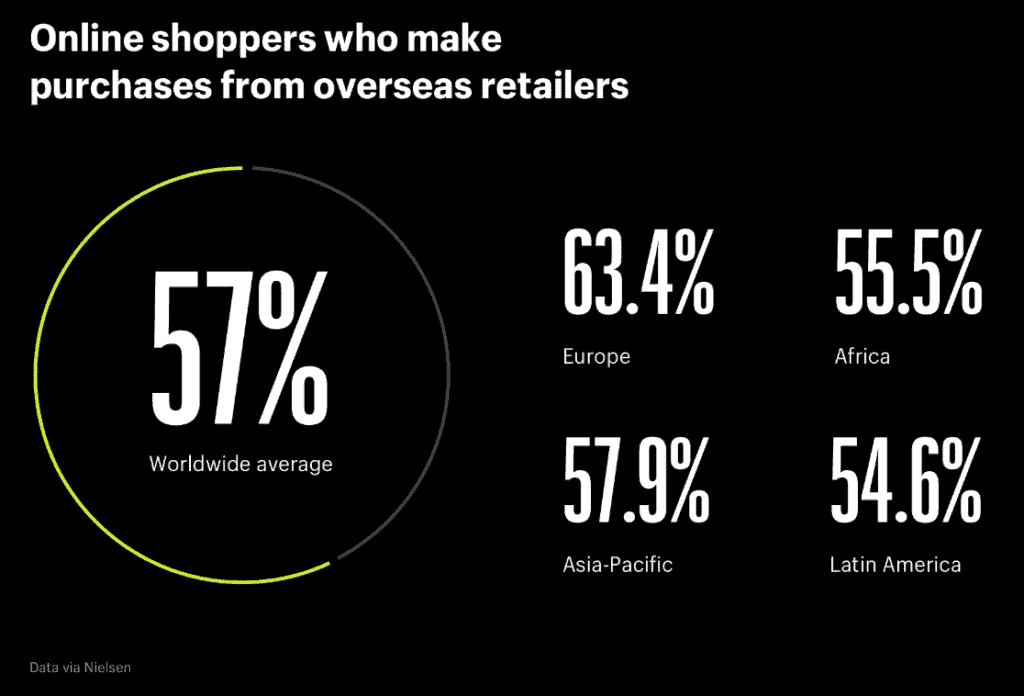
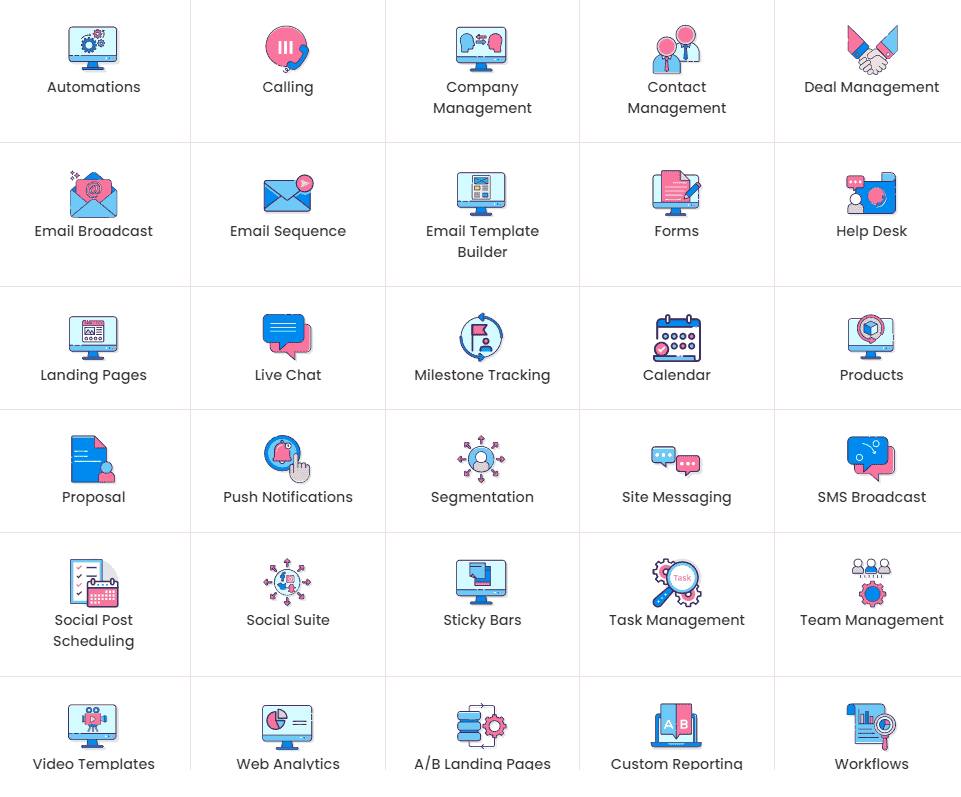
Excellent Information Vinay & Great Insights
B2B e-commerce can sometimes be tricky unless guided by expert advice.
Choosing the top eCommerce development company for your marketing solution can be difficult, and that too when various alternatives are available in the market